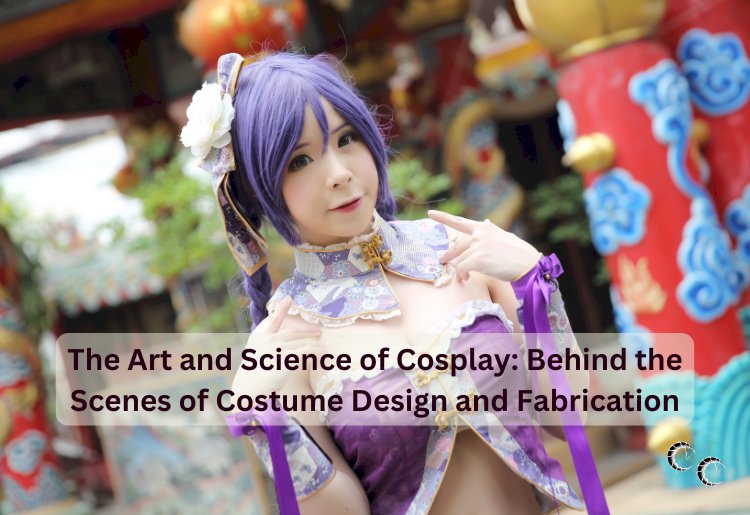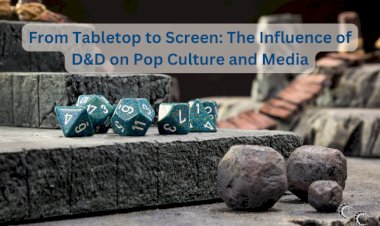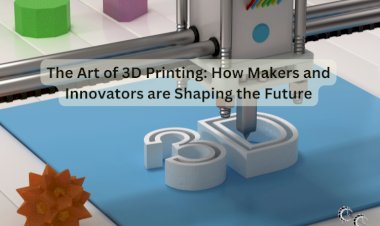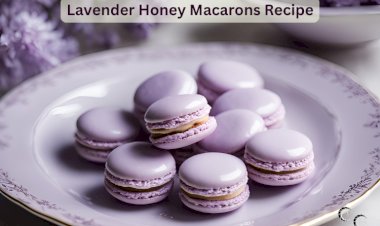The Art and Science of Cosplay: Behind the Scenes of Costume Design and Fabrication

Cosplay is a creative art form that brings fictional characters to life through costume design, makeup, and performance. It blends artistry with technical skill, requiring cosplayers to master sewing, crafting, painting, and engineering to recreate iconic looks. Whether you’re a seasoned cosplayer or new to the craft, understanding the design and fabrication process offers a deeper appreciation for this vibrant subculture.
Conceptualizing Your Cosplay
The journey begins with a vision.
- Character Selection: Choose a character you’re passionate about. Consider their outfit, accessories, and overall design.
- Research and References: Collect images, concept art, and screen captures to analyze every detail of the costume.
- Budget and Time: Determine how much time and money you can dedicate to the project, balancing ambition with practicality.
Designing Your Costume
Planning is essential to turn an idea into reality.
- Sketching the Design: Draw a blueprint or use digital design tools to outline the costume’s key components.
- Choosing Materials: Select fabrics, thermoplastics, foam, or leather based on the character’s look and the costume’s requirements.
- Patterning: Use existing sewing patterns or draft your own for a custom fit. This step is crucial for structural accuracy.
Fabrication Techniques
Building the costume requires a variety of skills and tools.
- Sewing and Tailoring: Stitching fabrics together with precision ensures a polished final product. Learning basic sewing techniques is invaluable.
- Foam Crafting: EVA foam is often used for creating armor, props, and intricate designs. It’s lightweight, affordable, and easy to shape with heat tools.
- Thermoplastics: Materials like Worbla and Sintra are great for rigid, sculpted pieces. They can be heated and molded into complex shapes.
- 3D Printing: For precise details or accessories, 3D printing offers endless possibilities, especially for futuristic or high-tech costumes.
Adding Finishing Touches
Details make a costume stand out.
- Painting and Weathering: Use paints to add depth, highlights, and weathering effects that make the costume look realistic.
- Embroidery and Appliqué: Decorative stitching or layered fabric can add intricate patterns and textures.
- LEDs and Electronics: Incorporating lights or sound effects elevates futuristic and magical designs.
Styling Wigs and Makeup
Costumes are only part of the transformation.
- Wig Styling: Trim, curl, or dye wigs to match the character’s hairstyle. Wig glue and hairspray ensure durability during conventions.
- Special Effects Makeup: Use contouring, prosthetics, or body paint to replicate scars, facial structures, or fantastical features.
Challenges in Cosplay Fabrication
Every project comes with obstacles.
- Learning Curves: Beginners may face challenges with unfamiliar tools or techniques. Tutorials and practice help build confidence.
- Time Management: Balancing cosplay creation with work, school, or other obligations requires strong organizational skills.
- Problem-Solving: Sometimes, materials don’t behave as expected. Being adaptable and creative is key.
The Science of Cosplay
Beyond art, cosplay incorporates scientific principles.
- Physics of Materials: Understanding how fabrics drape or how foam reacts to heat allows for better craftsmanship.
- Engineering in Props: Structural integrity is essential for large props or moving parts like wings or weapons.
- Chemistry of Adhesives: Choosing the right glue or bonding agent ensures durability and a clean finish.
Celebrating the Community
Cosplay is as much about the people as the craft.
- Collaboration: Many cosplayers work together on group projects, sharing skills and knowledge.
- Competitions: Participating in cosplay contests showcases your work and inspires others.
- Social Media and Events: Sharing progress online or attending conventions fosters connections and builds the global cosplay community.
Conclusion
Cosplay is a harmonious blend of creativity, technical skill, and passion. The behind-the-scenes effort that goes into costume design and fabrication is a testament to the dedication of cosplayers worldwide. Whether you’re crafting intricate armor or sewing a simple dress, the art and science of cosplay allow you to step into another world and bring beloved characters to life.































